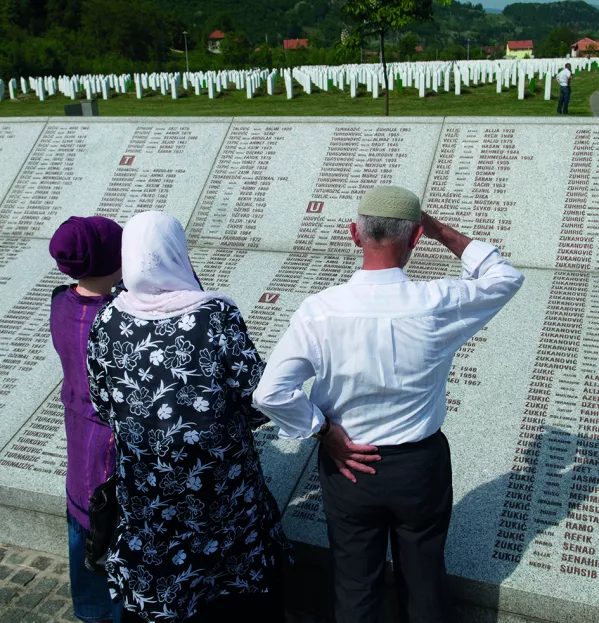Most people, we can safely agree, think education is a good thing. “You’ve to get yourself an education,” implore mums and dads around the world. “Education, education, education,” (or variations thereof) proclaim politicians seeking the moral high ground.
Reaching consensus over a definition of education, however, is tricky. Is it about racking up knowledge and skills as a passport to employment? Does being educated mean that you understand highbrow literature and social niceties? Does it equate to spiritual enlightenment or alignment with particular ideologies?
It has been interpreted as all of these things and more, so it’s not enough to glibly talk up “education” - we’ve got to be clear about what a good education fundamentally entails.
Radovan Karadžić seemed an educated man: he was a psychiatrist, poet and businessman. But he is best known as a war criminal. This month, I saw at close quarters the impact of men such as Karadžićć, the Bosnian Serb leader serving a life sentence for his role in almost unfathomable atrocities during the Bosnian War of 1992-95.
As part of a delegation with the charity Remembering Srebrenica Scotland, I travelled to Sarajevo - scene of a devastating siege - and Srebrenica, a place now synonymous with the blackest tendencies of humankind.
On 11 July 1995, 50 years after the Holocaust, Europe was once again the site of genocide. The systematic killing of Bosnian Muslim men and boys and the rape of Bosnian Muslim women by Bosnian Serbs is - and should be - hard for anyone to get their head around. The official death toll in the Srebrenica genocide is 8,372, but numbers alone cannot convey its horror. We visited the Podrinje Identification Project, the forensic anthropology unit where thousands of Srebrenica victims have been painstakingly identified. We spoke with Srebrenica survivors at Potočari Memorial Centre. Across the road, 6,500 graves are marked by slender white headstones.
Where do we trace all this back to? A photo of graffiti that dehumanised Bosnian girls has stayed with me. It was a reminder of acts of aggression that I have witnessed, which at the time seemed shocking but isolated; now they cohere into the same seam of human hatred.
There was the softly spoken university student I played football with, whose face turned into a hateful contortion at the memory of a feminist lecturer he described as a “fucking bra burner”; there were the college-educated young men I worked beside at a children’s camp in North Carolina, who guffawed around the campfire about sexually assaulting women; I once shared beers with an initially pleasant-seeming individual who said that he would not rescue a drowning Roma child.
A frequent refrain on our visit was that what happened in Bosnia can happen anywhere. As the former Yugoslavia descended into conflict in the 1990s, the people of Sarajevo - where Christians, Muslims and Jews largely lived alongside each other in harmony - comforted themselves that ethnic conflict would not explode around their homes. In 2019, they know better, and tensions remain: our young Bosnian Muslim guide admitted that he didn’t feel safe because, just kilometres away, war criminals such as Karadžić are honoured with murals.
A new education initiative from Remembering Srebrenica Scotland will reach out to teachers. All will face the same question: how can you possibly make sense of events such as Srebrenica, let alone help your pupils to do so?
The answer, surely, is to start with the guiding principle that education must be built upon a bedrock of compassion and humanity. For without that, it is worthless.
@Henry_Hepburn
This article originally appeared in the 31 May 2019 issue under the headline “The horrors of Srebrenica teach us what true education looks like”




